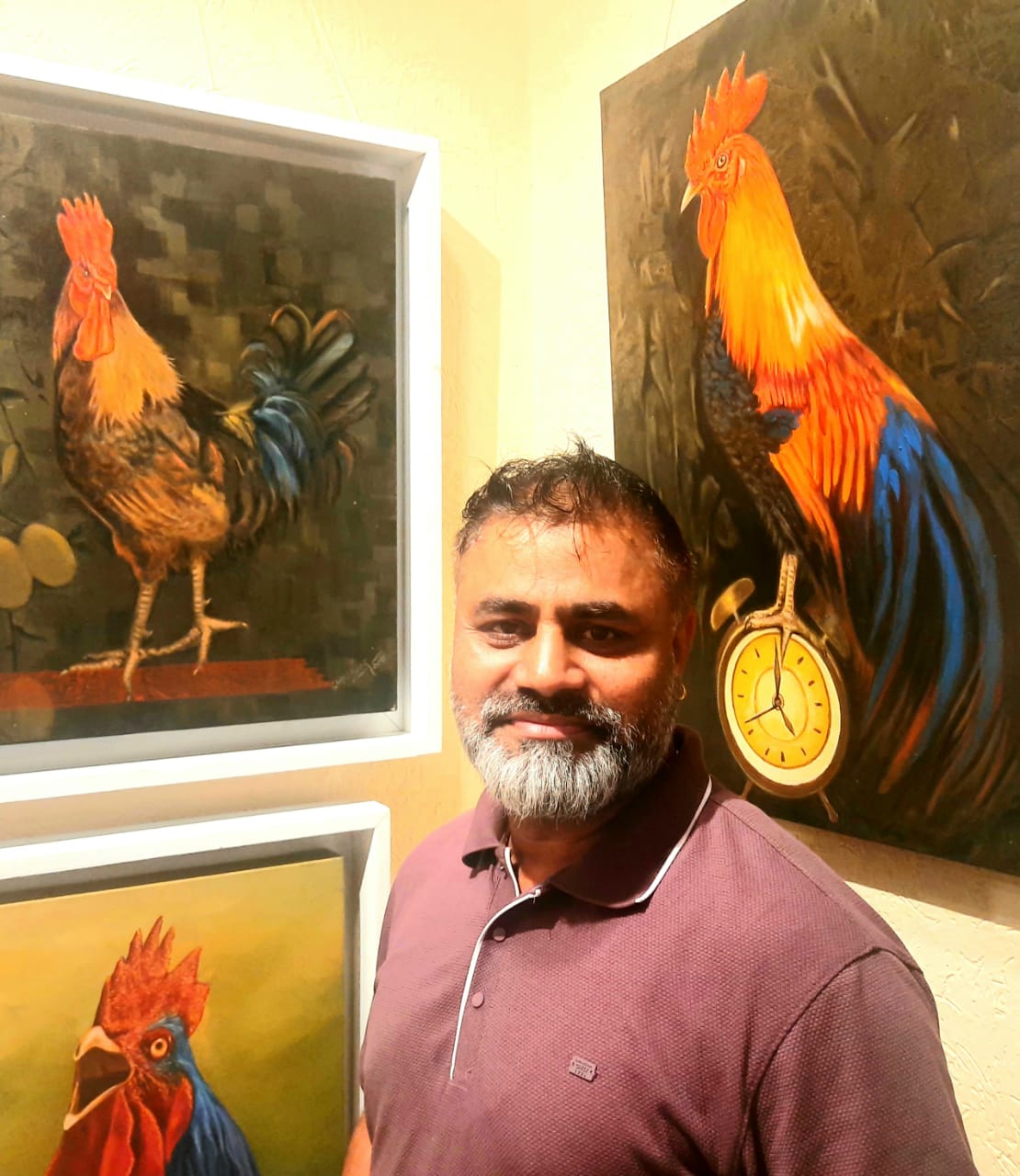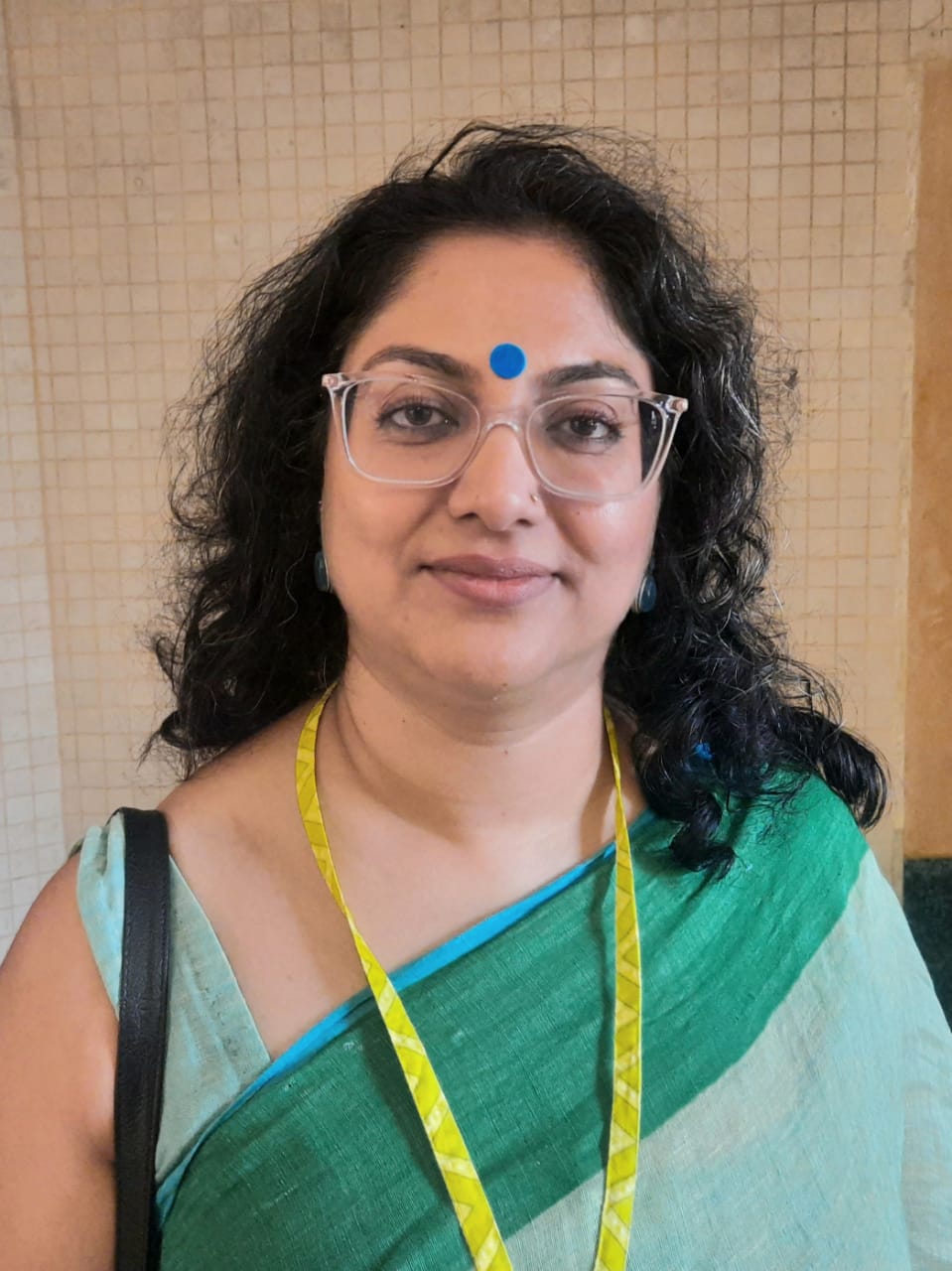Art & culture around the world has played a pivotal role in connecting people to the roots. The geographic importance of any art renders a sense of trust and authenticity of the product as people believe that the uniqueness of artistic representation can only be demonstrated by the local artisans of a specific region. India being home to millions of art forms has been nurturing artisans and craftsmen to showcase their artistic talent to the larger audience of the world .In this episode, T.I.W captures the tapestry and ubiquitous variety of Madhubani art that originated about 2,500 years ago is still thriving and getting the attention of art lovers from India and world. The history of Madhubani paintings is said to date back to the time of Ramayana when the king Janaka asked an artist to capture his daughter Sita’s wedding to prince Rama. These paintings were usually created by women on walls and floors of homes during festivals, ceremonies, or special occasions. Having originated in the Mithila region in Bihar, this form of painting, also known as Mithila art, has been in practice in areas around Bihar and Nepal. More than 10,000 artisans are doing this art and making their livelihood. Over a period, Madhubani paintings have reached the living rooms of global Indians and are showcasing the deeper strength of Indian artforms. In an exclusive interview with Rubi Devi, resident of Jitwarpur village of Madhubani district, Bihar, 1stperson brings out the essence of Madhubani art.
Q1. How long have you been working in creating Madhubani art?
I have been working on this art form since last 20 years. I learnt it from my mother-in-law and now passing it to the next generation.
Q2. What kind of products are you designing?
I am designing paintings, wall hangings, lamps, fruit baskets & trays, and products from papermass.
Q3. Where have you participated to showcase your art forms and what’s the response?
I have participated and exhibited in more than 50 Gandhi Silp Bazar & Hunar Haat across the country. Earlier it was popular among foreigners but now demand in domestic market is picking up. It has become one of the main attractions of Indian drawing rooms.
Q4. How is this art form empowering women?
Women are a major stakeholder in the form of producers in Madhubani art. These women aim to empower other women through painting and creating awareness on issues like education and eve-teasing. They are encouraging their students to paint on topics that are closer to their hearts – anything from folk tales they might have heard during their childhood to the status of women in the society today. It is interesting to note how paintings that were done by women to depict religion, traditions, and social norms are now being used by them to make their voices heard.
For queries, please contact Rubi Devi: +91-9560018930









